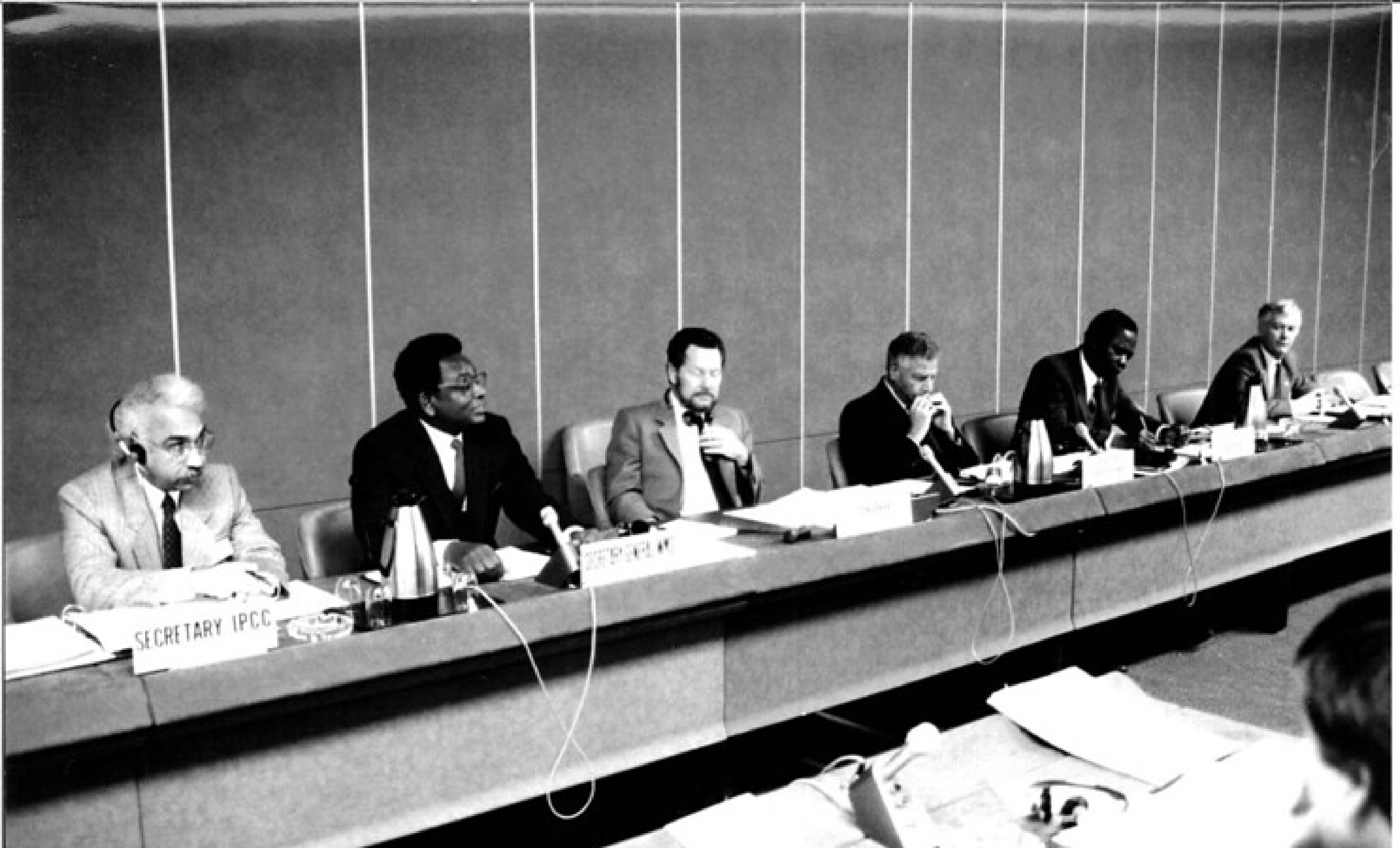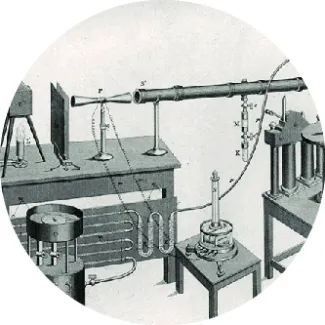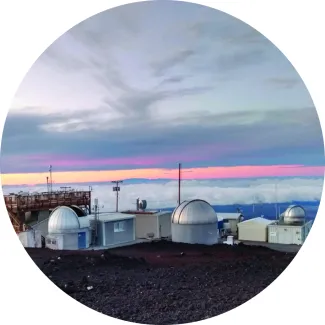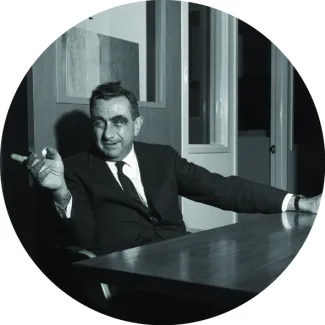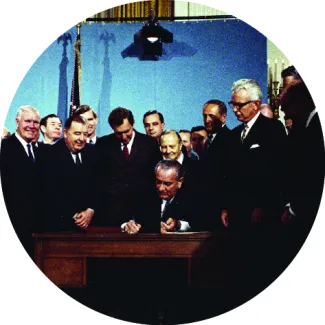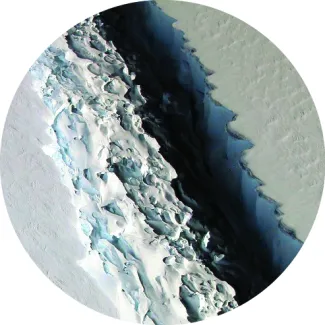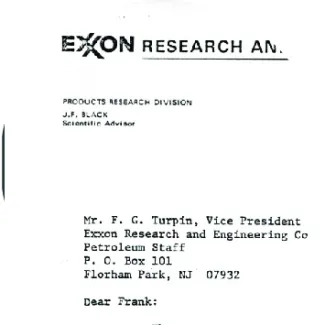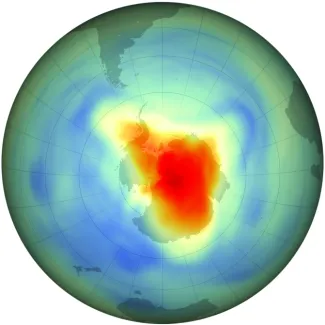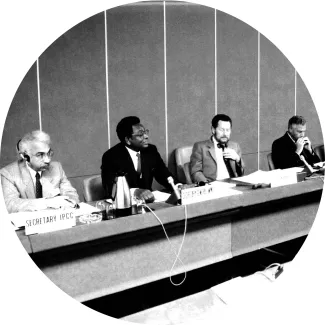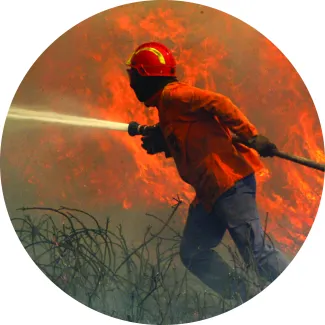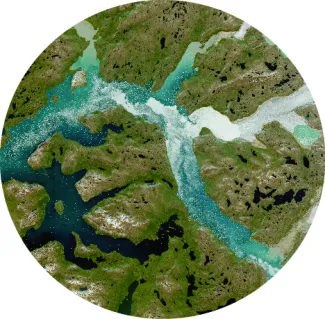Understanding the Causes of Climate Change
Awareness of Human-Caused Climate Change
Explore the changes in human awareness of climate change from 1824 to today.
Last Updated
February 18, 2025
Since the Industrial Revolution, additional greenhouse gas emissions have increased global temperatures by about 1.1°C (2°F). Even if that temperature shift does not sound extreme for a planet, consider that the human-driven increase is enough to melt sea ice and cause extreme weather events, among other effects. A few elevated degrees have already done significant damage.
But these observations of greenhouse gas emissions and the climate crisis are contemporary. When and how did humans begin noticing their activity was harming the environment and climate? Let’s look at a timeline of changes in human awareness of climate change over the past two hundred years.
1824
1824
1824
Greenhouse Effect Discovered
1856
Greenhouse Effect Discovered
1856
Carbon Dioxide Is Revealed to Be a Greenhouse Gas
1896
Carbon Dioxide Is Revealed to Be a Greenhouse Gas
1896
Global Warming Is First Hypothesized
1938
Global Warming Is First Hypothesized
1938
Global Warming Is First Observed
1958
Global Warming Is First Observed
1958
The Keeling Curve Reveals Rising CO2 Levels
1959
The Keeling Curve Reveals Rising CO2 Levels
1959
Edward Teller Warns the Energy Industry
1965
Edward Teller Warns the Energy Industry
1965
Scientists Sound the Alarm to the President
1967
Scientists Sound the Alarm to the President
1967
First Computer Climate Models Predict More Warming
1968
First Computer Climate Models Predict More Warming
1968
Scientists Predict Sea Level Rise
1975
Scientists Predict Sea Level Rise
1975
The Term Global Warming is Coined
1977
The Term Global Warming is Coined
1977
James Black Warns Exxon About Global Warming
1985
- 1988
James Black Warns Exxon About Global Warming
1985
- 1988
Ice Core Studies Confirm Global Warming
1985
Ice Core Studies Confirm Global Warming
1985
A Hole in the Ozone Layer is Discovered
1988
A Hole in the Ozone Layer is Discovered
1988
The IPCC is Born
1992
The IPCC is Born
1992
Climate Change Predicted to Threaten Coral Reefs
2004
Climate Change Predicted to Threaten Coral Reefs
2004
Attribution Science is Born
2007
Attribution Science is Born
2007
Scientists Discover Global Warming is Worse at the Poles
2008
Scientists Discover Global Warming is Worse at the Poles
2008
Tipping Points Discovered
2019
Tipping Points Discovered
2019
IPCC Warns of Catastrophic Sea Level Rise
2019
IPCC Warns of Catastrophic Sea Level Rise
2019
Scientists Warn of Mass Extinction
2021
Scientists Warn of Mass Extinction
2021
IPCC Predicts Irreversible Climate Damage By 2040
IPCC Predicts Irreversible Climate Damage By 2040
2021
